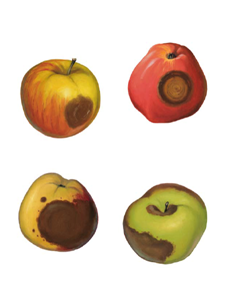Vanita’s still life tells of the passage of time, of all that time will ever take away from us, of death and loss. The concept vanitas comes from a longer aphorism in Latin in the Old Testament, in the chapter of the pastor of Solomon: “Vanitas vanitatum, omnia vanitas,” or “The vanity of vanity! Everything is nothing! ”. When translating the same phrase from Hebrew, the result is slightly different: “smoke smoke,” or “vapor vapor.” Despite the differences, both translations reflect on the futility of worldly benefits and the fragility of human life.
Vanita’s most recognizable symbol is the human skull, depicted in combination with secular things, as well as flora and fauna, telling of worldly joy and death. In addition to the skull, the painting could also feature a mechanical or hourglass or a candle, reminding the viewer of his own imminent death and encouraging him to live according to his conscience in this world, so that in the afterlife he could meet his creator face to face and stand before his divine judgment. In these works, symbolism inhabited almost every depicted object.
–


